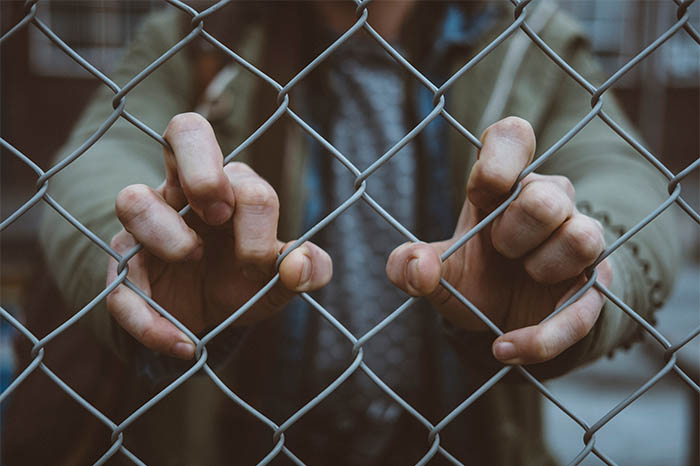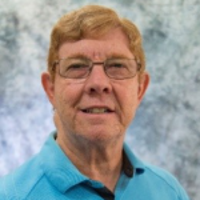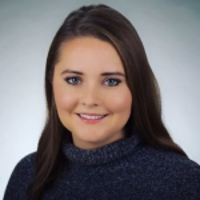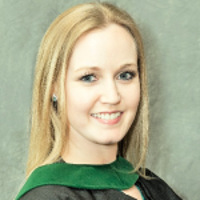Breaking the Code: Analyses of Mistaken Identification Cases in the Innocence Project
 Since its establishment in 1992, The Innocence Project exonerates the wrongfully convicted through DNA testing and helps identify and reform aspects of the criminal justice system that contribute to erroneous conviction. It serves as a digital repository of individual cases of the wrongly convicted. The Innocence Project broadly categorizes six factors that led to these wrongful convictions: (a) eyewitness misidentification; (b) misapplication of forensic science; (c) false confessions; (d) government misconduct; (e) incentivized informants and (f) inadequate defense. Mistaken identification at about 70% is by far the leading cause of erroneous convictions. The present study examined and continues to examine the Innocence Project case index to focus on specific cases involving eyewitness error by establishing a system of coding variables to better understand what factors precipitated the wrongful convictions. The coding and the analysis of the cases included:
Since its establishment in 1992, The Innocence Project exonerates the wrongfully convicted through DNA testing and helps identify and reform aspects of the criminal justice system that contribute to erroneous conviction. It serves as a digital repository of individual cases of the wrongly convicted. The Innocence Project broadly categorizes six factors that led to these wrongful convictions: (a) eyewitness misidentification; (b) misapplication of forensic science; (c) false confessions; (d) government misconduct; (e) incentivized informants and (f) inadequate defense. Mistaken identification at about 70% is by far the leading cause of erroneous convictions. The present study examined and continues to examine the Innocence Project case index to focus on specific cases involving eyewitness error by establishing a system of coding variables to better understand what factors precipitated the wrongful convictions. The coding and the analysis of the cases included:
- Best practice recommendations (lineup instruction, lineup presentation, lineup administration, confidence statement following a positive identification and other system variables which are factors that the criminal justice system has control over)
- Estimator variables as exemplified below which are factors which the criminal justice system cannot control and must therefore only estimate
- Legal safeguards designed to protect innocent people from erroneous conviction (attorney presence at lineup, cross examination, judge’s’ instruction, presence of a motion to suppress)
- Individual characteristics (such as intelligence level, age of witness and defendant, mental illness, intoxication, and developmental disability)
We report some data in these four areas, however in particular, lineup presentation type (simultaneous vs. sequential vs. show–ups) and estimator variables (e.g., lighting, disguise, weapon focus, and cross–race) are examined and presented in the contexts of empirical findings from the eyewitness literature and theoretical approaches regarding human memory such as fuzzy trace theory.
In addition to examining these variables, we will continuously be in touch with the staff at the Innocence Project regarding our findings that are grounded in memory theory (the basis for mistaken IDs). Implications of our data will be discussed as ways to support social justice and reforms and will be leveraged we trust to help prevent future injustices.
Future plans in this venture will also involve the presentation of our findings digitally in a web page format in which we will utilize graphic visual representations of our data in a way that presents information clearly. This will enhance the viewer’s ability to see the patterns and trends of our findings and will assist in furthering our ability to publicly report our findings and thus aid in the prevention of wrongful convictions.
 Project leader
Project leader
Dr. Michael Toglia is a Professor of Psychology at the University of North Florida where he served as Department Chair for seven years. From 2003–2011, he was Executive Director of the Society for Applied Research in Memory and Cognition. Consistent with his teaching assignments, he has published extensively on topics concerning adult cognition and issues addressing lifespan themes in eyewitness memory and testimony. He has authored/edited 11 books, most recently The Elderly Eyewitness in Court. He consults/testifies in court cases concerning memory suggestibility and lineup identification. Dr. Toglia has considerable experience peer reviewing journal submissions and edited chapters, was an Action Editor for Memory, and is currently on the editorial board for Applied Cognitive Psychology. He secured a grant to visit Mexico in 2011 as a Fulbright Senior Specialist. He holds Fellow status in 5 professional societies, including Divisions 3 (Experimental), and 41 (Psychology and the Law) of the American Psychological Association.
 Student Collaborator
Student Collaborator
Celeste Glober was born and raised in Jacksonville, Florida. She attended the Episcopal School of Jacksonville before heading to Wellesley College (graduating in May, 2016). As a psychology major at Wellesley, Celeste served as a research assistant, where she worked on a longitudinal study that evaluated female leadership. Her role as a research assistant included helping gather, index, and analyze data, along with presenting the results at a prominent research conference. During and after college she interned at several law firms, and was a teaching assistant for a Psychology of Law course at Duke University for an intensive summer program. Celeste furthered her involvement in the field of psychology and law during the 2016–17 academic year at UNF on a post baccalaureate basis, by serving as a Research Assistant with Dr. Toglia, where her projects included assessing the veracity of eyewitness memory, and wrongful convictions in the Innocence Project. She will attend law school in fall 2017.
 Student collaborator
Student collaborator
Alexis Lovaas was born and raised in Jacksonville, Florida. She attended Mandarin High School until graduating in 2003 and from there received an Associate’s degree at Florida State College at Jacksonville in 2006. From there, she moved to Indianapolis and attended Ivy Tech Community College to pursue a degree in Radiologic Technology. After moving back to Florida and working as a mammographer for several years, she decided to go back to college to pursue a Psychology degree at UNF. She plans to graduate with a Bachelor of Science in Psychology in the Spring of 2018 with plans to apply to UNF’s Master’s of Science in Psychology program. This will allow her to apply her research knowledge in becoming a Market Researcher. Currently, she is the lab manager for Dr. Toglia’s cognitive lab and has been recently involved in his work with the Innocence Project.
Photo by Mitchel Lensink on Unsplash
